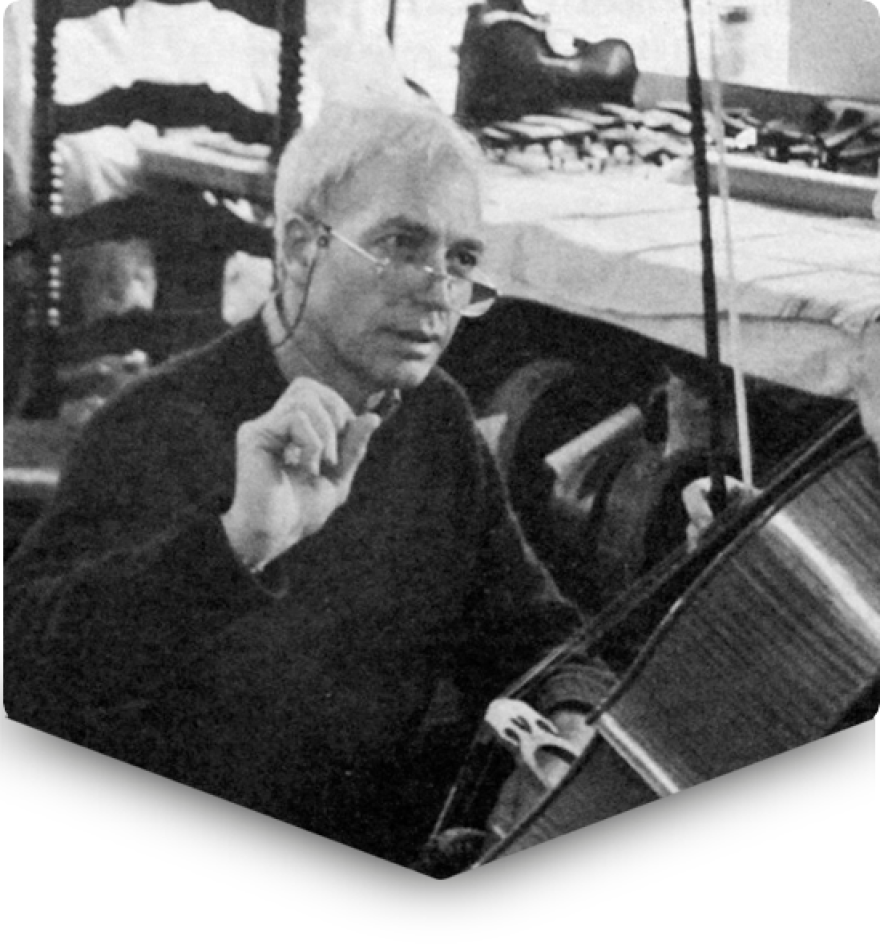The men of Dartmouth were treated to a heroes’ welcome each fall.
“October, 1947, and the campus is rejuvenated after the slow, sleepy quiescence of the summer weeks,” reads the stoic narrator of an old film reel. “The college town of Hanover throbs excitedly with new life.”
Hanover has been throbbing year-round since the 1970s, though, when Dartmouth became the last Ivy League to accept women.
The move put a crunch on space, and the solution was dubbed the D-Plan. Sophomores would be required to take classes during the summer and then take a semester off junior year, helping to smooth out demand on dorms and classrooms.
The schedule, four decades later, remains popular.
“I’d say for the most part everyone is just extremely excited,” says Sean Howe, Class of 2016.
Fellow sophomore Matt McFarland says he anticipates this summer to be one of the keystone experiences of his time here.
“All my fraternity brothers are excited to be on campus so that we can spend time with one another.”
Regan Roberts took more convincing.
“When I first got to Dartmouth, I was joking with my roommate about, okay, how can we get out of this sophomore summer thing? Like, we do not want to miss one of our last summers at home before we, like, have to go into ‘real life.’ And then as you spend more time here, everyone talks about how it is the height of your time here, and so I’m really looking forward to it,” says Roberts.
That is quite a thing, to get 20-year olds looking forward to calculus in July.
Plenty of schools are taking note of Dartmouth’s success, and not just for space reasons.
“I absolutely think colleges are thinking more about summer revenue, and they need to be doing so, because of the changing nature of higher education,” says Karen Gross, President of Southern Vermont College.
She says with enrollment and tuition figures becoming harder to predict and public support drying up, schools are looking to develop auxiliary revenue streams.
New England College in Henniker is onboard, hoping to attract more students with greater flexibility.
“We are not trying to make a ton of money. What we are really trying to do is serve our mission, which is to educate students,” says John O’Connor, Associate Dean of Academic Services.
New England College encourages students to work full time on a three-year undergraduate degree, offering cheaper summer courses and free on-campus housing.The program is off to a slow start, though, with only about 15% of the student body participating.
O’Connor says given last winter, he expects more students to rethink the plan.
"You are trudging through the snow to class, you are thinking, man, summer may not be so bad."
“Look, if you love to ski, life in the winter is great. But this winter especially, you know, you are getting up, it is 20 below, you are trudging through the snow to class, you are thinking, man, you know, summer may not be so bad,” jokes O’Connor.
Weather aside, it can be an administrative hurdle to run a 12-month school. Colleges need willing teachers, full-time food service and a new course catalog.
To avoid that heavy lifting, many universities utilize their campuses in more traditional ways.
“Okay, so the programs that we offer: we do have athletic and recreation programs in 14 different sports,” says Cathy Leach, who directs summer youth programs at UNH Durham.
“Theater and dance, art, music…a youth opera workshop…Chinese language and culture…”
The list goes on. In total, around 6,000 kids will take part in events at UNH, with camps charging up to a couple hundred dollars per head.
There are also programs aimed at adults. For the past 41 years, UNH has hosted the Violin Craftsmanship Institute, where participants learn instrument repair and restoration.
Master violin maker Horst Kloss says the workshops are held inside the building used by forestry students.
“Of course the surrounding is very natural and relaxing, and so the environment is just perfect,” says Kloss, who spends the rest of the year working in Massachusetts.

Students can have a world-class experience for under $1,000, while the Institute generates upwards of $100,000 for the campus.
UNH wasn’t able to provide the total balance sheet for its summer. Keene State says its smaller campus brings in $1.7 million hosting camps and conferences.
Franklin Pierce earns money through weddings and renting out its senior dorms. St. Anselm’s summer calendar contains a Catholic Youth Fest and an annual arson conference.
Even with these efforts, Karen Gross from Southern Vermont College says schools could do more.
“There is, I think, significant money left on the table by all campuses,” says Gross.
Money that in an era of decreasing student enrollments and tight state aid could prove even more appealing for colleges.








